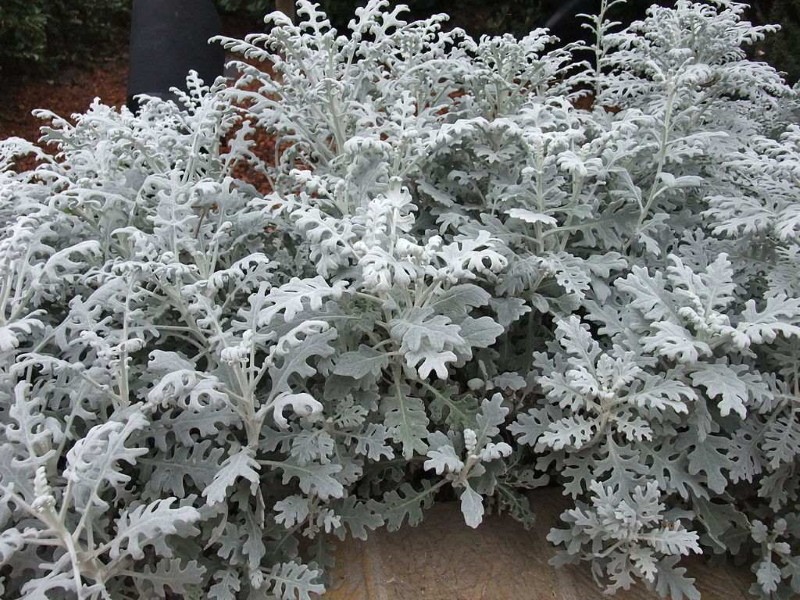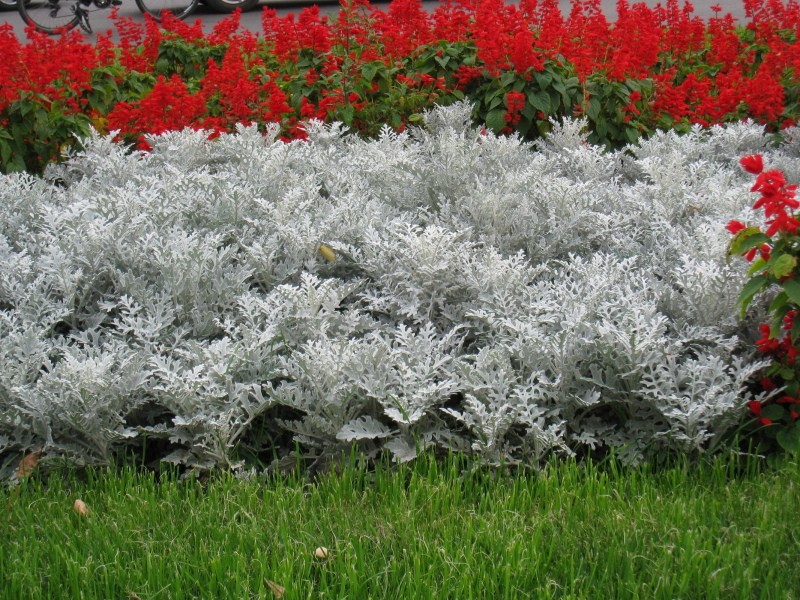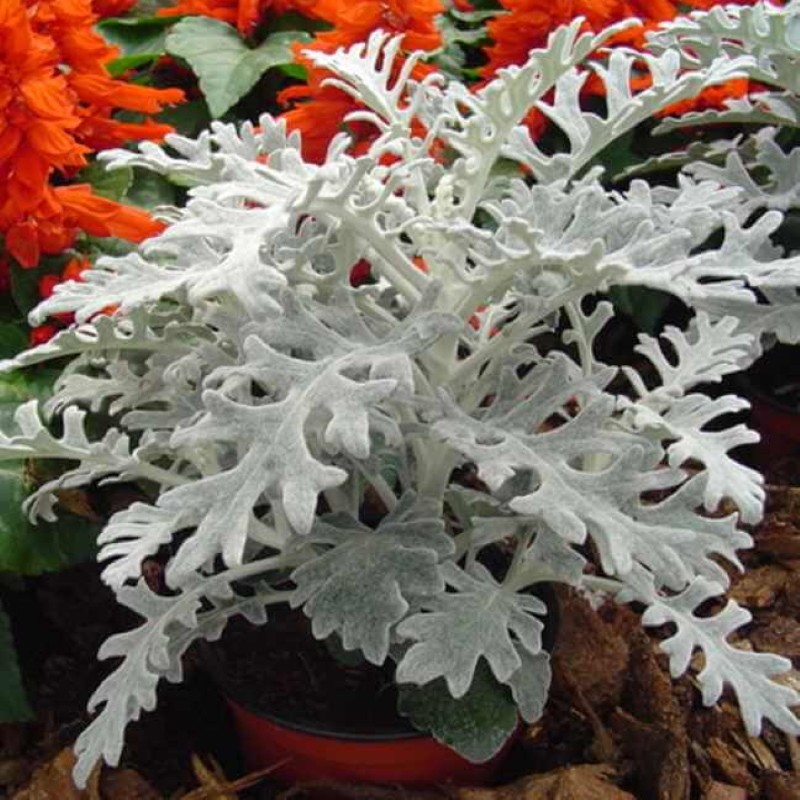Highly decorative cineraria silvery - annual or perennial?
 Unlike other types of cineraria, which are grown for flowering, silvery is planted as an ornamental crop. Its main advantage is beautiful carved leaves of an unusual color. Therefore, it is not surprising that many gardeners are interested in the question, what is cineraria silvery, an annual or a perennial, this species? Having grown over the season a lush carpet of thick curtains, it is doubly sorry to lose such beauty. I would like to admire the silvery bushes as long as possible, against the background of which others, especially brightly blooming crops, look very advantageous. So is there a chance to keep the ornamental variety?
Unlike other types of cineraria, which are grown for flowering, silvery is planted as an ornamental crop. Its main advantage is beautiful carved leaves of an unusual color. Therefore, it is not surprising that many gardeners are interested in the question, what is cineraria silvery, an annual or a perennial, this species? Having grown over the season a lush carpet of thick curtains, it is doubly sorry to lose such beauty. I would like to admire the silvery bushes as long as possible, against the background of which others, especially brightly blooming crops, look very advantageous. So is there a chance to keep the ornamental variety?
Cineraria silvery - annual or perennial?

By its nature, this type of cineraria still belongs to perennial plants. Its homeland is the hot African tropics, where cineraria is actively growing all year round. However, it is with this that the peculiarities of growing cineraria in our climate, which cannot boast of warm winters, are connected.
The critical values at which the bush dies are plus 4 ° С for the aboveground part, and minus 2 ° С for the root system.
Therefore, as a perennial plant, silvery cineraria can be grown outdoors only in warm climates. In regions with cold winters in the garden, it grows like an annual. You can save the culture only if it is well covered or dug up and brought to the basement for the winter. Another option is to transplant the curtains into pots in the fall and bring them into the house.
Features of growing a silver bush in the garden
 In order for the cineraria to be thick and fluffy, it is better to plant it in fertile and loose soil. For group planting, a distance of at least 20 cm must be maintained between the bushes, otherwise it will be cramped for them. The silvery variety can also grow in partial shade. But the sun will be thicker and more beautiful blooms.
In order for the cineraria to be thick and fluffy, it is better to plant it in fertile and loose soil. For group planting, a distance of at least 20 cm must be maintained between the bushes, otherwise it will be cramped for them. The silvery variety can also grow in partial shade. But the sun will be thicker and more beautiful blooms.
Plant care is simple as it is unpretentious. Enough:
- water periodically if there is no rain;
- feed twice a season: in the spring - nitrogen, before flowering - potash-phosphorus fertilizer;
- timely cut off faded inflorescences.
In southern climates, cineraria can be left to winter in the garden, well covered with mulch. But in regions with frosty winters, it is either simply cut off, and re-grown in spring, or dug up and taken away for storage.